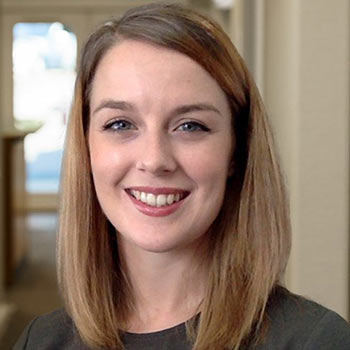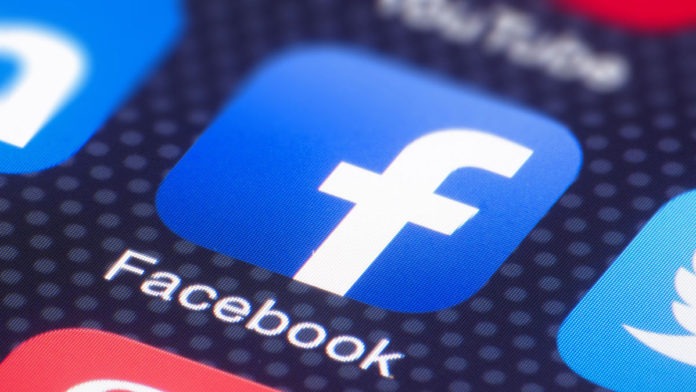
Love him or hate him, President Donald Trump, or should I say his digital campaign manager, Brad Parscale, has game on Facebook.
With more than $44 million ad dollars spent, 5 million ad variations ran and the bulk of the campaign’s $250m in online fundraising earned on Facebook leading up to the 2016 election, it’s no question that the social network was instrumental in causing voters to think, vote, act differently from how they had before.
When used correctly, Facebook’s vast data arsenal can win more than elections. It can win business for your company. Here are five ways that Parscale used Facebook and how you can too.
1. Build your contact cache
Personal data is the new gold. Phone numbers and emails are your ticket to connecting with potential customers and keeping them coming back for more. Finding innovative ways to collect personal details of interested voters or customers is key to success.
In 2016 and 2020, Parscale exploited an old avenue for collecting data made more lucrative with the advent of Facebook advertising: Trump campaign rallies. For every free rally ticket, attendees must only submit their email and valid phone number. Truckloads of highly engaged contacts is the first step to making waves on Facebook.
Although rallies might not work for your business, gated content, newsletters, surveys or webinars are all effective tools for building a cache of contacts already shopping for your offer.
2. Reach your contacts with Custom Audiences
Once Parscale had a contact list of similar people (say, the emails and phone numbers from attendees of an Orlando rally), he uploaded those “identifiers” to Facebook Ads Manager, where the platform matches each phone number or email to a profile, forming a Custom Audience.
With this tool, Parscale can target, for example, all of the Orlando campaign rally attendees with highly personalized ads, moving them further along in the voter’s journey. Likewise, businesses can build custom audiences from contacts that perhaps attended a promotional webinar and guide them to the next stage of the buyer’s journey.
As Parscale mentions in a Frontline interview, “the beauty of Facebook” is that your ads are shown to not only your Custom Audience, but to their friends as well, thanks to Facebook’s sharing feature. Shares are free, making this method super economical.
3. Find new customers with Lookalike Audiences
One of Facebook’s “most powerful” data mining features, according to Parscale, is Lookalike Audiences. This tool identifies common qualities (like demographics or interests) of the people in your Custom Audience and churns out a new audience.
Picking out likely supporters or potential customers from the masses is a challenge. With Lookalike Audiences, you can double your target audience size within minutes (and for free) without sacrificing quality.
4. A/B test the bananas out of your audiences
Facebook allows you to test what photo, image or ad copy works best on which audience. This is called A/B testing, and it is a crucial part of Parscale’s online campaign strategy.
He could use A/B testing to answer broad questions like “Do people in Arizona or Michigan respond better to immigration policy ads?” to minute variations such as “Do people engage more with photos of Trump sitting or standing?”
Ultimately, A/B testing allows political campaigns and businesses to identify many variables that cause people to react at the lowest cost per result.
This method is ideal if your business has multiple offers. For example, if you’re a garden store, ads showing succulents might generate a higher ROI with a Gen Z audience compared to a Boomer audience.
5. Bring in cash with retargeting
Campaigns, like businesses, need income to thrive. Retargeting is one of the most effective ways to nudge people towards donating or purchasing.
With Facebook’s tracking pixel, you can create a Custom Audience containing all of the people who visited your website and serve them personalized ads to stay top-of-mind.
Trump’s 2016 campaign made use of this powerful marketing strategy and saw huge gains. His team designed a Custom List of everyone who had interacted with one of Trump’s Facebook pages during the primaries, then sent those people targeted ads asking for donations. The ads cost $328,000; they raised $1.32m, gaining $1m in one day.
Start your campaign today
Facebook is a powerful advertising tool that swings elections across the world. With Parscale already spending more than $20 million on ads for Trump’s 2020 campaign, his faith in the platform appears steadfast.
Isn’t it time you take advantage of Facebook’s sophisticated machine learning to achieve your business objectives?
Kelsey Suski is a senior marketer at Northwest Media Collective, a full-service digital agency helping businesses connect with customers on social media. To learn more, visit https://northwestmediacollective.com/.



